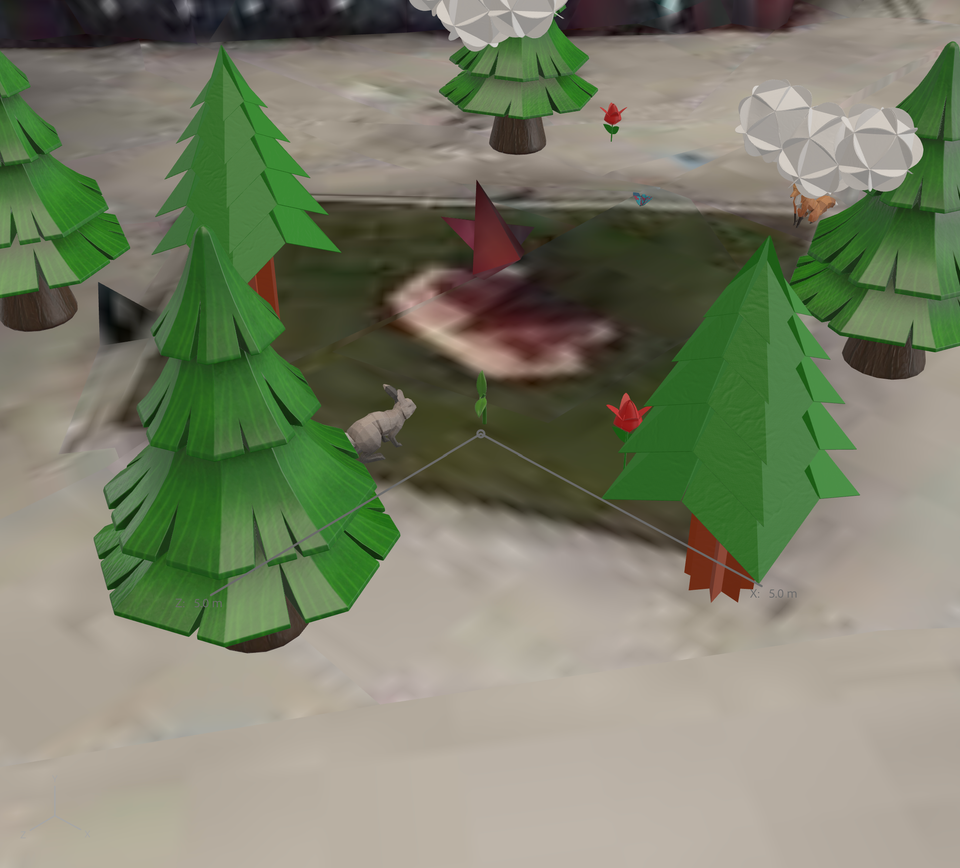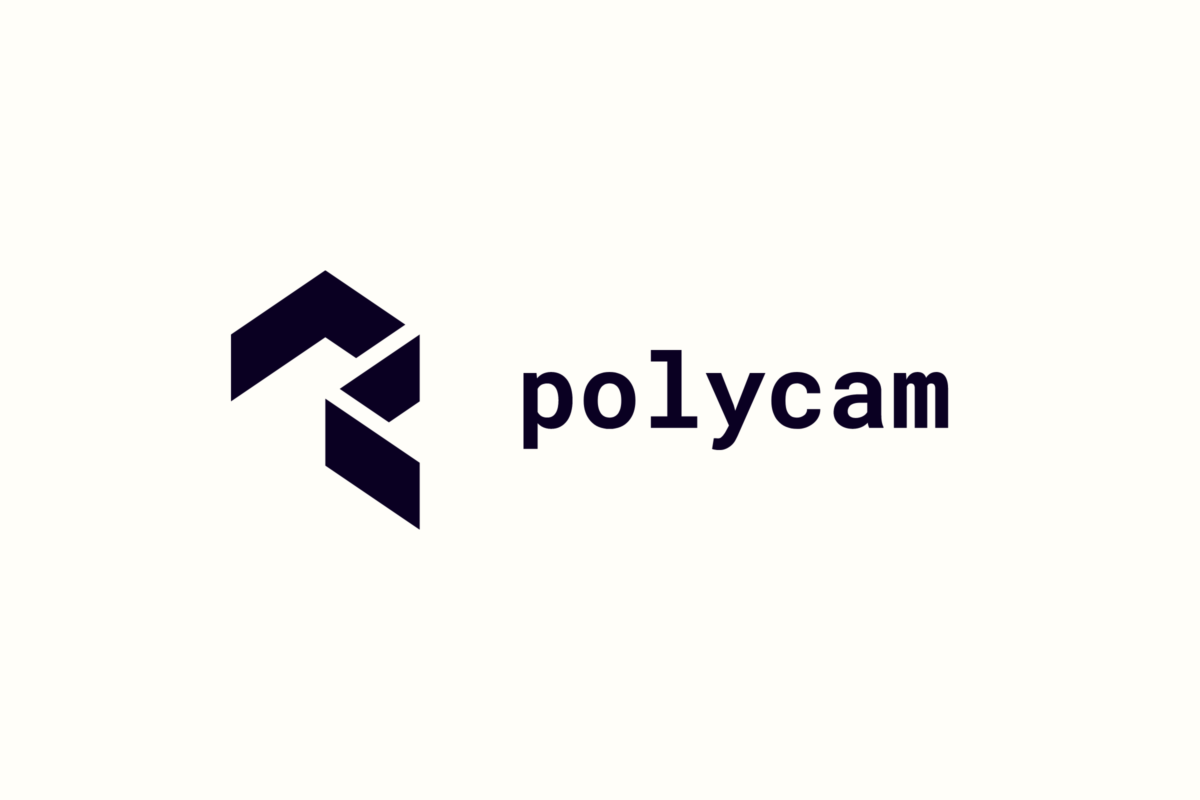How AR could have been integrated into the process of my 4.1 project
Reflecting on the first project I did in my first year of studying graphic design, where I designed new wayfinding for the Leeds school of arts, I can see how effective it would have been to incorporate augmented reality (AR) as part of my project. My original concept was to create a physical structure which would go in the courtyard outside the broadcasting building, spelling out “School of Arts”. Although my execution of designing the structure got my idea across, it would have been a lot more effective if I had used AR to elevate the design and turn it into a more dynamic and interactive experience.
AR would have enabled me to present my idea/design as a 3D virtual object, viewers would have been able to see the structure in the courtyard in a more immersive and realistic way. By using AR to put the proposed structure into the real-world environment, viewers would have been able to walk around the virtual installation, gaining a better sense of its scale, proportion and how effective the wayfinding way in real life.
Additionally, it would have introduced an interactive element to the design process. Lecturers, peers and potential users of the space could have engaged with it in real time. My peers and I could have also explored different sizes, colours and materials making the design process a more collaborative experience.
AR could have helped me personally with the experimentation on my idea as I could have tried different colours, materials, sizes in real time and evaluated which would work best in a more effective and accurate way. This would have benefitted me and the design process as I would have been able to show how I got to my final decision through the different ways I tested my idea.
Overall, integrating AR into this project would not have only enhanced its presentation but also demonstrated a forward-thinking approach.

